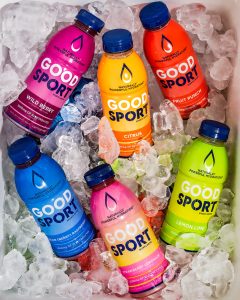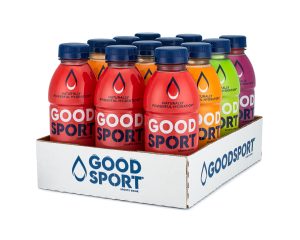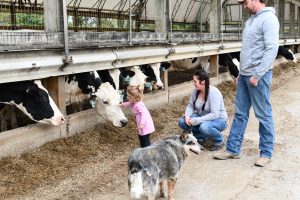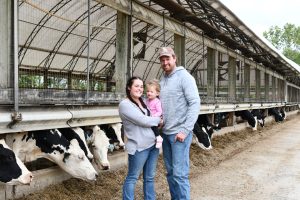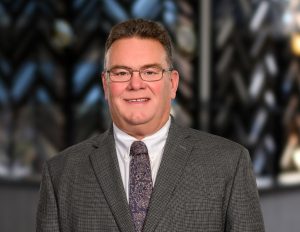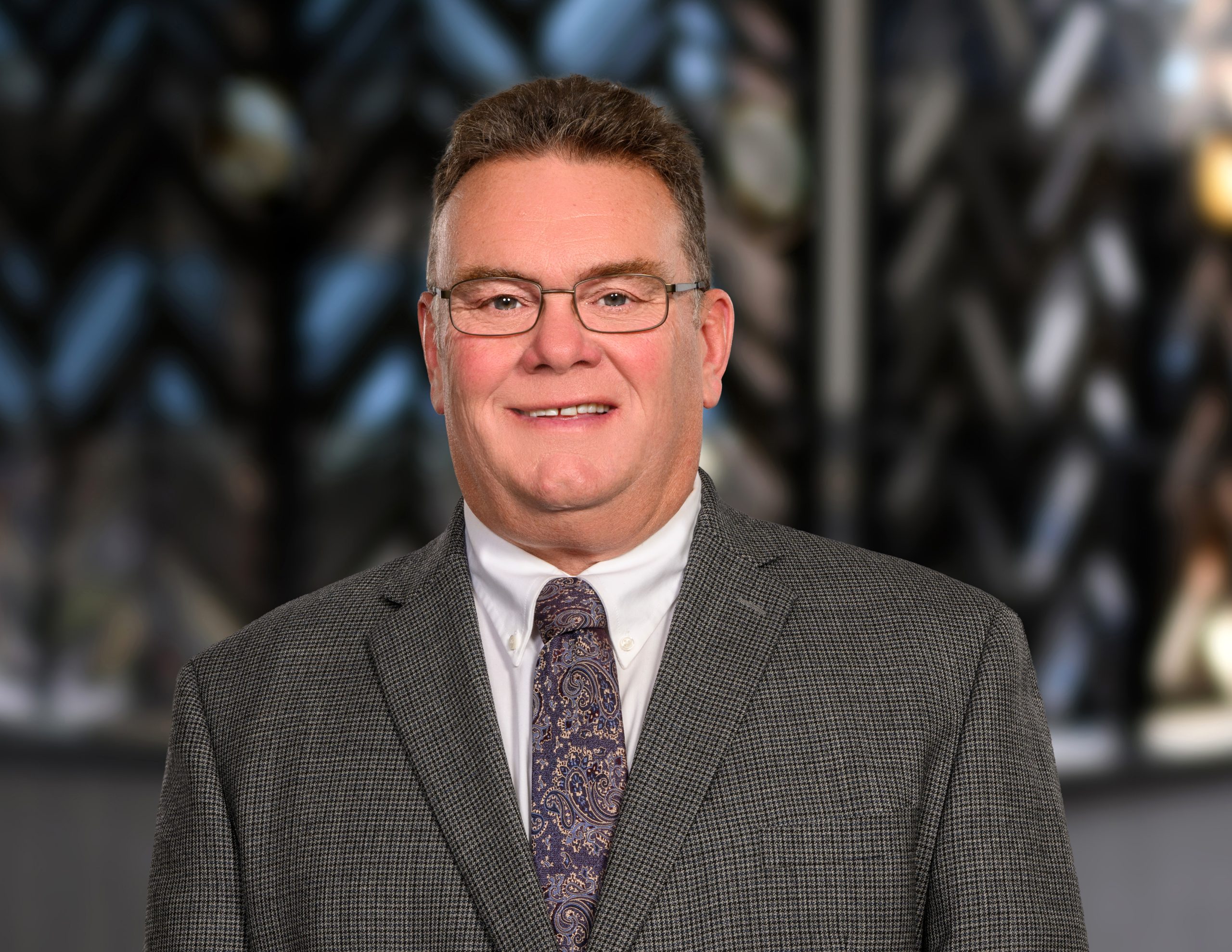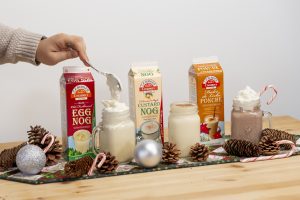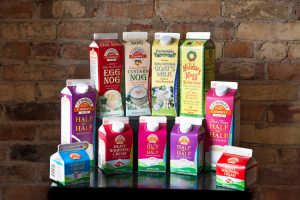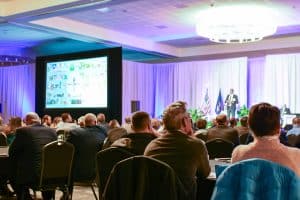
MMPA members and guests gather to celebrate association’s success
The world is changing at a rapid pace. Today’s consumers are evolving and MMPA isn’t stepping back to witness change but is orchestrating it. It takes change to survive in our industry. And we’re proud to say we’re a different cooperative today than we were yesterday, and even prouder to say we’ll be different tomorrow than we are today. MMPA members and guests gathered in Novi, Mich. for the 108th Annual Meeting on March 20 to learn how we’re evolving, and to celebrate our partners and members who have made this success possible.
During the meeting, attendees learned more about our investment in GoodSport, a brand disrupting the sports drink aisle as we know today; how we are breaking ground on one of the most sustainable ethanol facilities in the world this year as part of our partnership with Dairy Distillery; and witnessed the announcement of a new alliance with Amul, a brand owned by the largest dairy cooperative in the world. And MMPA is doing all of this while remaining committed to producing some of the highest quality milk in the nation.
Award-Winning Members
During the Annual Meeting, MMPA Outstanding Young Dairy Cooperator finalists, members reaching 35 and 50 years of membership, MMPA Dairy Communicator Service Award recipients, and the MMPA Top Quality Award winner were recognized.
Outstanding Young Dairy Cooperators
2023 Outstanding Young Dairy Cooperator
Ryan Benthem of McBain, Michigan
2023 Outstanding Young Dairy Cooperator Runners-Up
BJ & Autumn Benkovsky of Eaton Rapids, Michigan
2023 Outstanding Young Dairy Cooperator Finalists
Bryan & Molly Benson of Cadillac, Michigan
Steven & Whitney Wamhoff of Hopkins, Michigan
Milestone Members
35- Year Members
Roger Weiss of Frankenmuth, Michigan
Marvin J Rubingh of Ellsworth, Michigan
Terry K Lautner of Traverse City, Michigan
David Schultz of Sandusky, Michigan
Glen Sparks of Fremont, Michigan
Rodney Hisler of Charlotte Michigan
50-Year Member
William G Cumper of Marlette, Michigan
Dairy Communicator Service Award Recipients
30-Year Dairy Communicator
Jane Wood of Kingston, Michigan
10-Year Dairy Communicator
Jordan Noll of Croswell, Michigan
5-Year Dairy Communicator
Tammy Spicher of Paw Paw, Michigan
MMPA Top Quality Award Winner
De Grins Oer Dairy of Blanchard, Michigan
MMPA Annual Report: 2023 in Review
- Members Adopt New Governance Structure
In March of 2023, MMPA delegates unanimously approved a proposal to modernize MMPA’s governance structure. Originally put forward by the MMPA Membership Structure Task Force, the proposal gives every member farm one vote and shifts the cooperative’s grassroots efforts from a local to a district structure.
- 96-ounce Bottle Innovation Launches
MMPA launched a 96-ounce bottle made from Polyethylene Terephthalate (PET) in 2023. The groundbreaking, patent-pending innovation is from Creative Edge, MMPA’s team of creative thinkers focused on pushing the needle and keeping dairy relevant to today’s consumers.
- MMPA Donates 1 Million Gallons of Milk in 2023
MMPA is committed to supporting the communities we live and work in, especially in the face of a crisis. As part of the effort, MMPA donated 9,400 gallons of milk from the Superior Dairy plant in Canton, Ohio to residents of East Palestine, Ohio when a train derailment contaminated local drinking water. During periods of water contamination, milk is a safe source of nourishment.
- MMPA’s Constantine Plant Receives Employee Safety Award
MMPA’s plant in Constantine, Mich. received an International Dairy Foods Association (IDFA) safety award for outstanding worker safety. The annual Dairy Industry Safety Recognition Awards program, co-sponsored by IDFA and Dairy Foods magazine, honors U.S. dairy facilities and trucking operations for outstanding worker safety. Superior Dairy Acquisition Provides Greater Innovation - MMPA Launches Milk Moovement
In 2023, MMPA announced a partnership with Milk Moovement, a dairy supply chain software provider, to digitize and optimize our supply chain. Milk Moovement digitizes the entire supply chain to optimize production from the farm to the processing facilities. The cloud-based platform tracks all milk shipments and delivers real-time quality and quantity information to all dairy stakeholders, allowing better decisions to be made faster.
This article was originally published in the March/April 2024 issue of the Milk Messenger. Subscribe »

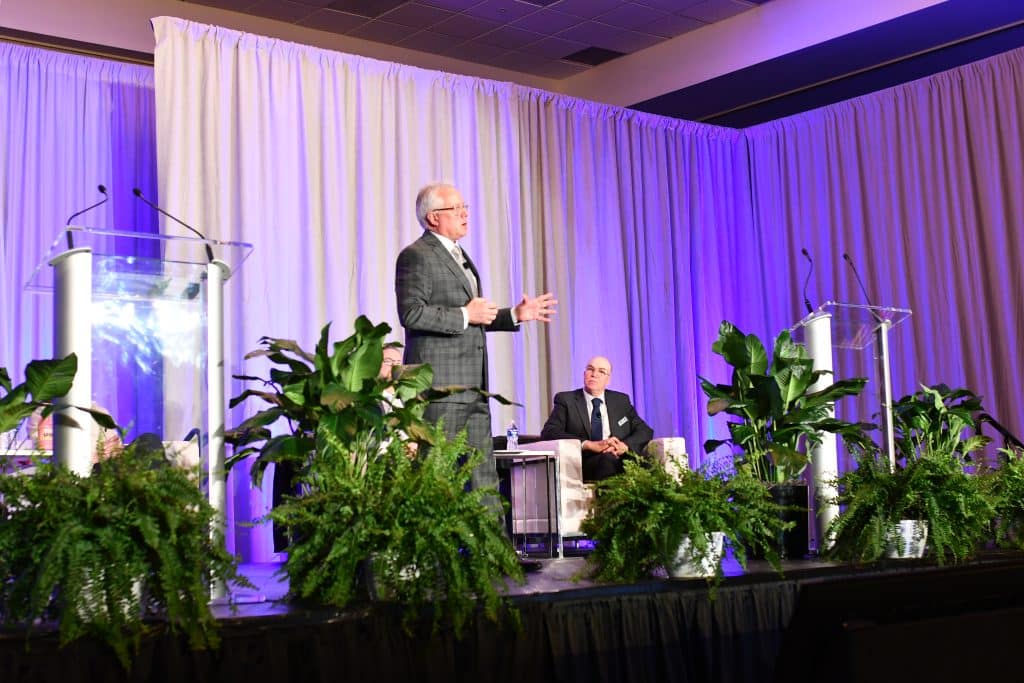
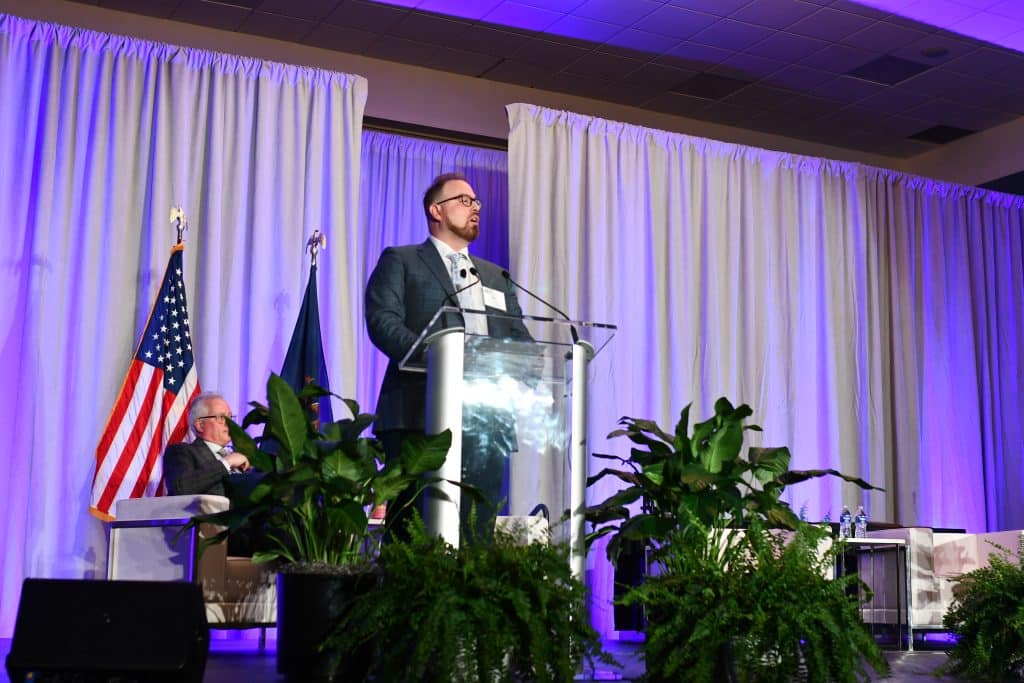
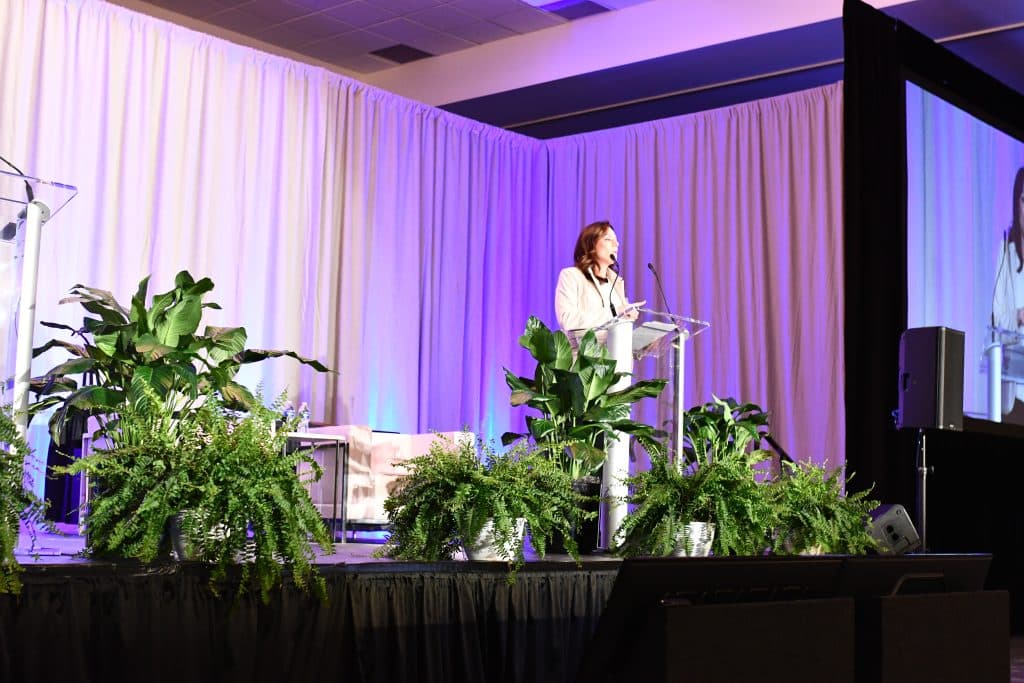

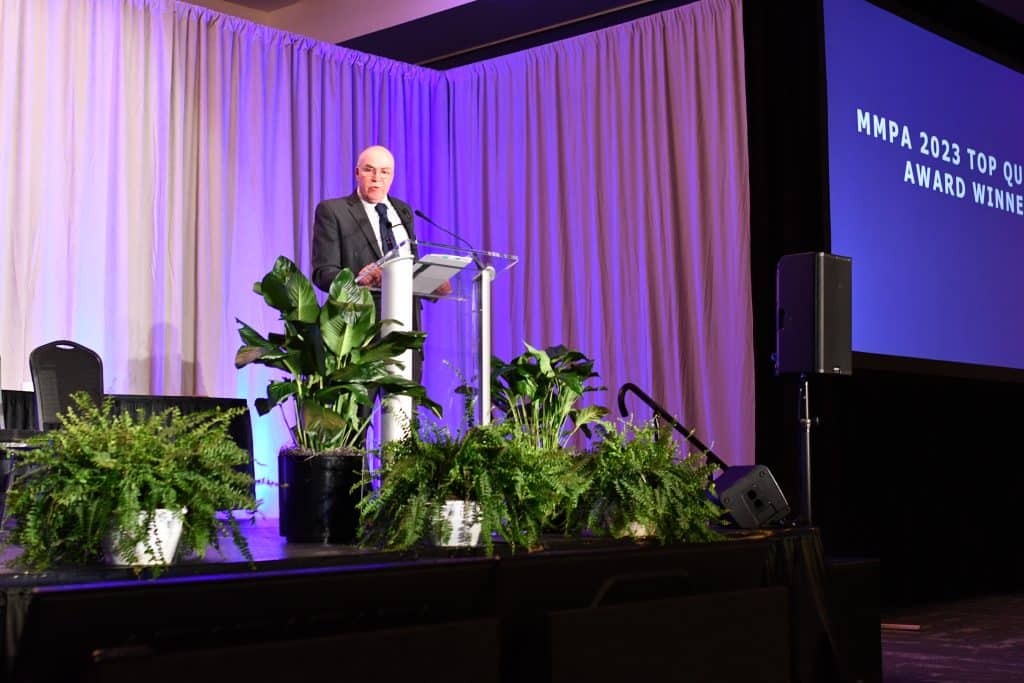


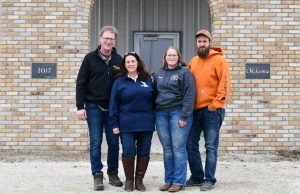

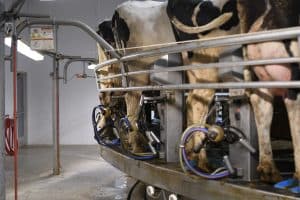 Ramona, former calf feeder and cow handler, now works mostly in the office handling bookkeeping, paperwork, phone calls, etc. As the owner, Tjerk oversees big picture things but doesn’t shy away from getting his hands dirty. “I enjoy working with the cows the most. I like everything except feeding calves. The summer and fall time are especially my favorite, I enjoy being outside.”
Ramona, former calf feeder and cow handler, now works mostly in the office handling bookkeeping, paperwork, phone calls, etc. As the owner, Tjerk oversees big picture things but doesn’t shy away from getting his hands dirty. “I enjoy working with the cows the most. I like everything except feeding calves. The summer and fall time are especially my favorite, I enjoy being outside.”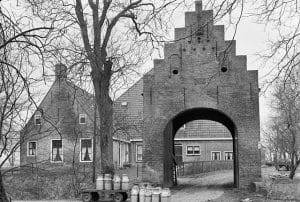
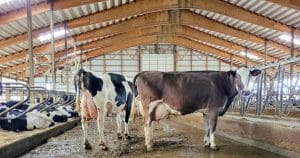
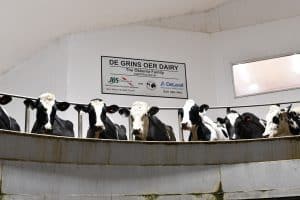


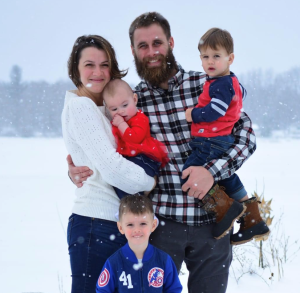

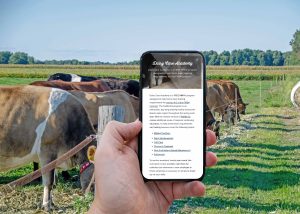


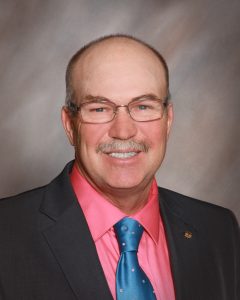 By Doug Chapin, MMPA Board Chairman
By Doug Chapin, MMPA Board Chairman